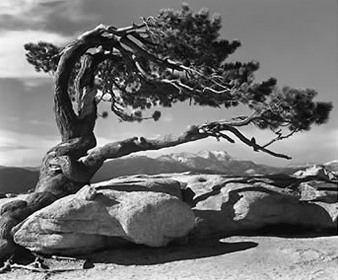1. What are the three basic elements of a camera? An optical element (the lens), a chemical element (the film) and a mechanical element (the camera body itself).
2. What is an SLR camera? Is an automatic moving mirror system, which permits the photographer to see exactly what, will be captured by the film or digital imaging system.
3. What is the purpose of a camera's aperture? It’s the setting that controls your depth of field (background and/or foreground).
4. What does shutter speed on a camera control? It performs the task of regulating the amount of light enters the camera and exposes onto film.
5. To get the right exposure for a picture, what three things must be balanced? White Balance, color balance.
6. To take pictures outside on a very sunny day, would you use a high or low film speed? Why? As light travels from one medium to another, it changes speed. Light travels more quickly through air than it does through glass, so a lens slows it down.
7. What are the four steps for developing black and white film? In total darkness, remove the film from the cassette, Load the film onto either a metal or plastic film reel, Place the loaded reel in the film tank ad cover it as directed, Make sure the temperature of the chemicals (especially the soup) is carefully controlled, etc
8. What things are needed to make a black and white print?Mix all of your solutions and put them in the appropriate containers.Adjust the masking frame for the paper you intend to use, allowing for a suitable border. Turn on a 7.5-watt (or less) amber safe light. Keep it at least 4 feet from the paper. Adjust the enlarger so that the image is the correct size, and focus it.Make a test strip to determine the correct exposure time. Use filters to offset the difference between a black-and-white negative and a color one. Start with a No. 4 contrast filter. If you don't see enough contrast, move up to a No. 5, and so on. Switch off the enlarger light. Put a sheet of panchromatic photography print paper, made specifically for this application, in the masking frame. The paper must be placed emulsion side up. Use the correct time and aperture setting, according to your test strip. Set the timer. Turn on the enlarger. Process the paper as you would black-and-white.
9. For a black and white print, the final image is actually what material? Developed sliver.























.png)

.gif)


